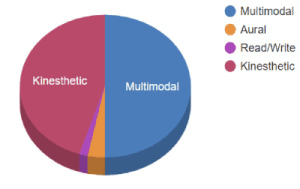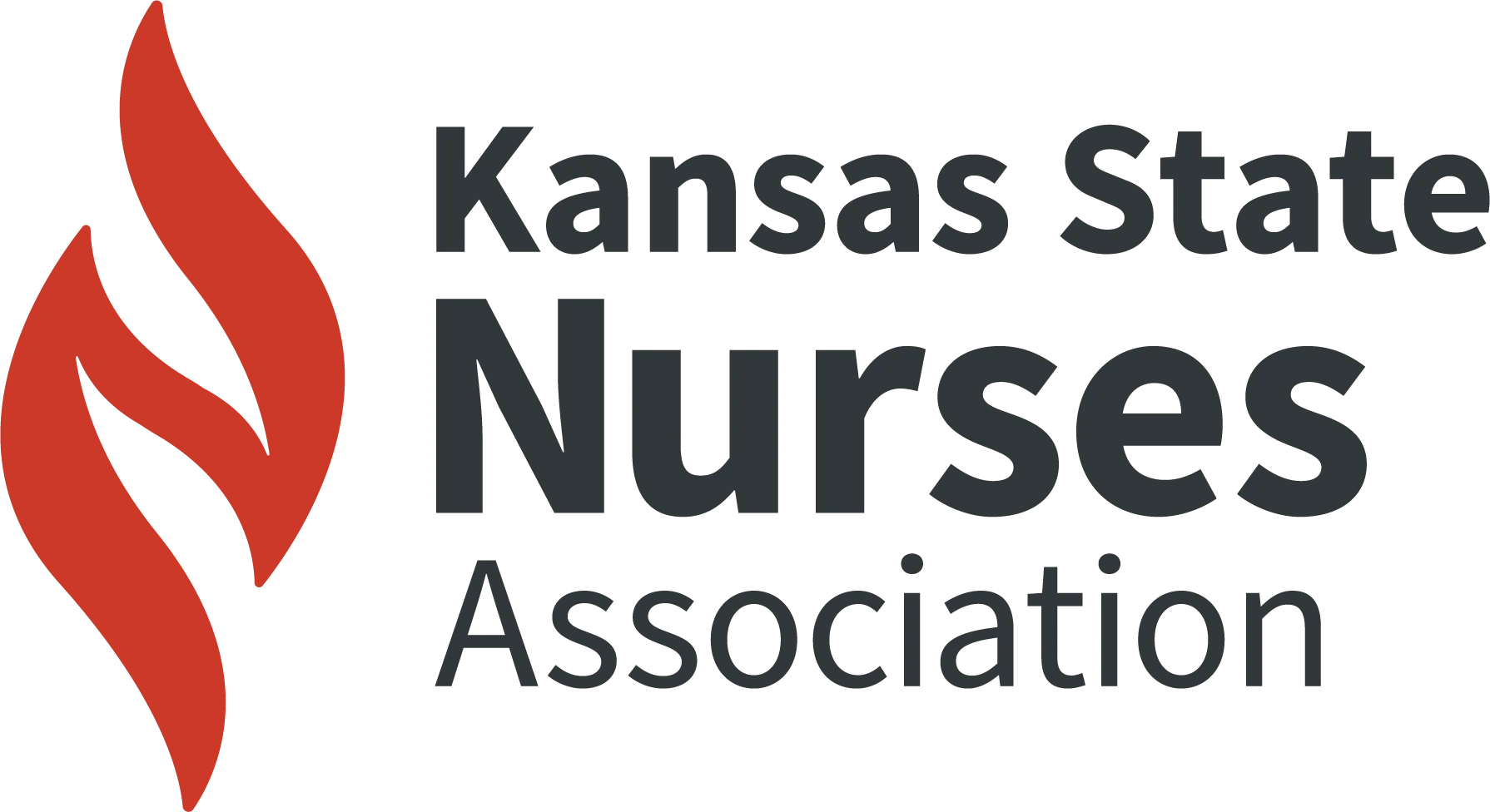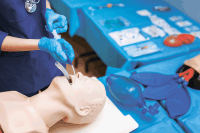STUDENT LEARNING STYLES are described as the ways in which students prefer to obtain, process, and retain information (Koohestan & Baghcheghi, 2020). Learning styles can change depending on the content being delivered, the teaching method, the instructor, or even the environment in which learning takes place. Knowing what student’s preferred learning styles are can be helpful for instructors to plan and deliver course content to better match the needs of their students. Since content in a nursing program is often delivered in a variety of ways including lecture, lab practice, simulation, and clinical practice, instructors can use one or more of these methods to reach a variety of learners. It can also be helpful for students to know their own preferred learning styles so they can adapt their study methods to enhance their educational experience (Fahim, et al., 2021)
There are several different methods to determine learning styles. One of the most commonly used methods is the Visual, Aural, Read/Write, and Kinesthetic (VARK) Questionnaire. These four modalities of student learning were described in a 1992 study by Fleming and Mills. According to the VARK questionnaire, visual students learn best by watching videos or looking at diagrams or pictures; auditory learners learn best by listening to lectures; read/write learners learn best by reading and summarizing the information; and kinesthetic learners learn through hands-on practice. It is possible for students to use several learning styles (Kohan, et al., 2021).
This study examined the preferred learning styles of pre-licensure baccalaureate nursing students enrolled in a pharmacology course. A descriptive cross-sectional study was done in spring 2022 and spring of 2023 and the two cohorts were compared.


A comparative analysis of learning styles across the two cohorts using the VARK questionnaire was completed. There were 64 respondents in the 2022 cohort and 71 respondents in the 2023 cohort for a total of 144 respondents. The results reflected that 95.4% (n=71) of the 2022 respondents best learn in a kinesthetic or multimodal manner. Kinesthetics includes delivery of content that requires physical engagement commonly referred to as “hands on learning” (Fahim, et al., 2021). Multimodal includes kinesthetic, aural, and read/write (Fahim, et al., 2021). Only 1.6% (n=1) of this cohort learned effectively using traditional methods of lecturing and reading the textbook.
2022 Cohort


In comparison, similar learning styles were identified in the 2023 respondents with 93% (n=66) learning in a kinesthetic or multimodal manner and 4.2% (n=3) learning in an aural or read/write manner. Based on these results, the respondents in both cohorts learn best when content is presented in a variety of methods.
2023 Cohort


To effectively deliver course content in a manner by which the nursing student best learns, it is necessary to present content in a variety of methods. According to this research study, the vast majority of nursing students learn best in a kinesthetic or multimodal manner. There was no significant change in learning styles between the two cohorts. Although this proved to be the findings of this study, it may not be generalized across all nursing programs. Individual student differences such as educational backgrounds and previous learning experiences may impact learning preferences. Improving student outcomes can first be addressed by analyzing individual student learning styles. To further expand on these research findings, the aggregate data from the research study can provide a resource tool and insight on how to better adapt NextGen NCLEX teaching practices to deliver information in the manner that students learn best.
References
Fahim, A., Rehman, S., Fayyaz, F., Javed, M., Alam, M., Rana, S., Jafari, F., and Alam, M. (2021). Identification of preferred learning style of medical and dental students using VARK questionnaire BioMed Research International, 2021. https://doi.org/10.1155/2021/4355158
Fleming, N.D. & Mills, C. (1992). Helping Students Understand How They Learn. The Teaching Professor, Vol. 7 No. 4, Magma Publications, Madison, Wisconsin, USA.
Kohan, N., Janatolmakan, M., Rezaei, M., & Khatony, A. (2021) ”Relationship between learning styles and academic performance among virtual nursing students: A cross-sectional study”, Education Research International, 2021, https://doi.org/10.1155/2021/8543052
Koohestan, H.& Baghcheghi, N. (2020) “A comparison of learning styles of undergraduate health-care professional students at the beginning, middle, and end of the educational course over a 4-year study period (2015-2018),” Journal of Education and Health Promotion, 9(1), 208–208.


























